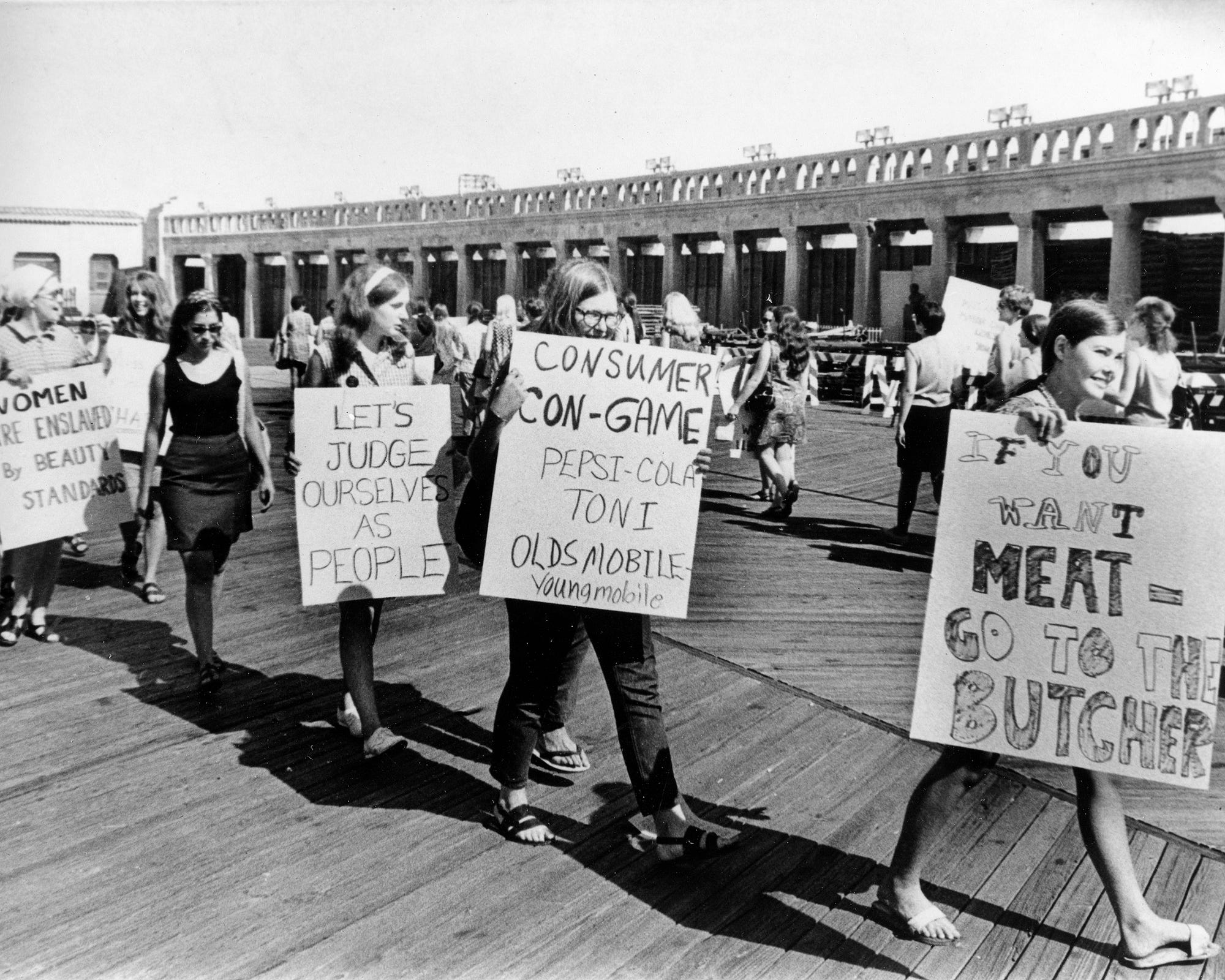In the early 1980s, video games were rising in popularity, with arcades becoming a popular spot for many teenagers and young adults to spend their free time. With the rise of arcades came the rise of another major facet of video games - home consoles.
Over the course of 5 years between 1978 and 1983, the home console industry grew from a fledgling market to an economic powerhouse worth over $3 billion. Amidst the many home consoles manufacturers and game developers, one company stood above the rest - Atari. With the dominance of its Atari 2600, as well as a plethora of great hits in the 2600's library, including but not limited to
Space Invaders and
Missile Command, Atari was the undisputed king of home consoles.
 |
| The Atari 2600 |
However, unbeknownst to many, the pride of the home console market would soon become the cause of its collapse. In March of 1982, Atari released a highly successful port of
Pac-man, which sold over 7 million units. Despite its financial success, the game was rushed in development, resulting in a game riddled with bugs. As a result, even though the game was able to sell several million copies, it did not reach expectations, with millions of unsold cartridges that had to be sent back to Atari.
The failure of
Pac-man was simply the first major sign of impending disaster for the young industry. Later that same year, Atari had a chance for redemption with its highly anticipated game
ET: The Extra-Terrestrial, based on the hit movie of the same name. Even though the development of
ET had been rushed over the course of a mere 5 weeks to meet a Christmas deadline, Atari still had high hopes of the game.
Unfortunately for Atari,
ET was an even greater disaster than
Pac-man was. Not only was it so bad it was widely considered to be the worst video game of all time - a title it still holds to this day - but it sold so poorly Atari had to bury millions of unsold cartridges in the Mohave Desert. The game's financial failure was likely due to the hesitance of consumers after the release of
Pac-man earlier that year in addition to the less than positive word of mouth.
For many consumers, the failure of
ET caused them to lose nearly all faith in video games, at least on the home console front. People stopped buying console games, and toy stores - the main retailer for consoles- all but stopped selling them. This resulted in the net worth of the industry going from an impressive $3.2 billion to a mere $100 million in just 2 years, losing over 96% of its value. It would not be until the release of the Nintendo Entertainment System in the October of 1985, along with revolutionary titles such as
Super Mario Bros, that the video game industry would see a revitalization in the United States.
 |
| The Nintendo Entertainment System |
There are a few important things to note about the Video Game Crash of 1983.
Although
ET is widely attributed to be the sole cause of the Crash, there were, in reality, other factors. Prior to the release of
ET, the market was already flooded with low-quality, buggy games. Despite the poor quality of its competition, nearly all games released by Atari were high quality, well-made products. It is only when Atari games started to fall in quality that most people lost faith in the home console market altogether.
In addition, the Crash was more limited in scope than many would believe. Although home video game consoles all but vanished, arcades and computer games still remained hugely popular. Furthermore, the Crash was largely limited to North America. During the 2 years of the crash, consoles in Japan became hugely popular with the success of Nintendo's Famicom, the Japanese counterpart to the Nintendo Entertainment System.
Sources:
http://www.denofgeek.com/us/64579/the-1983-videogame-crash-what-went-wrong-and-could-it-happen-again
https://www.bugsplat.com/great-video-game-crash-1983
http://www.ign.com/articles/2011/09/21/ten-facts-about-the-great-video-game-crash-of-83?page=2












